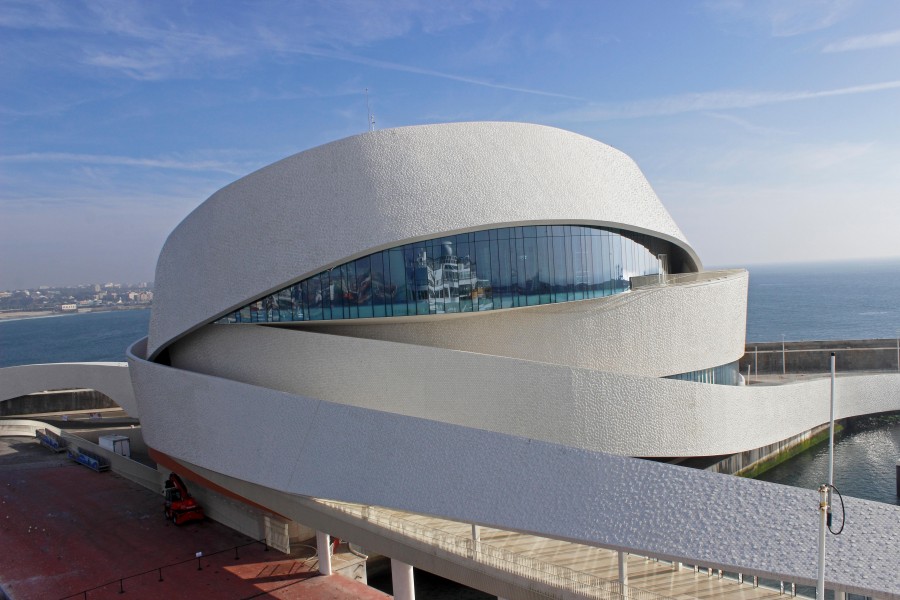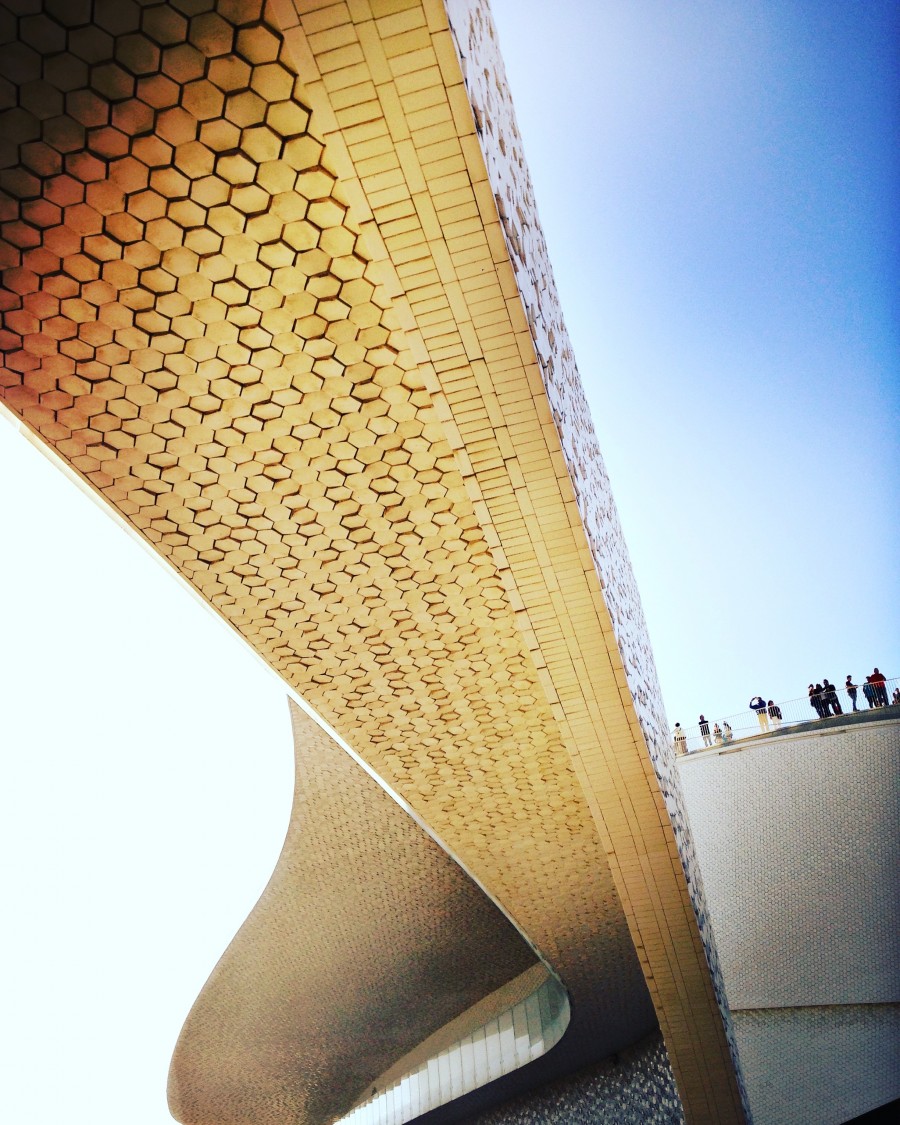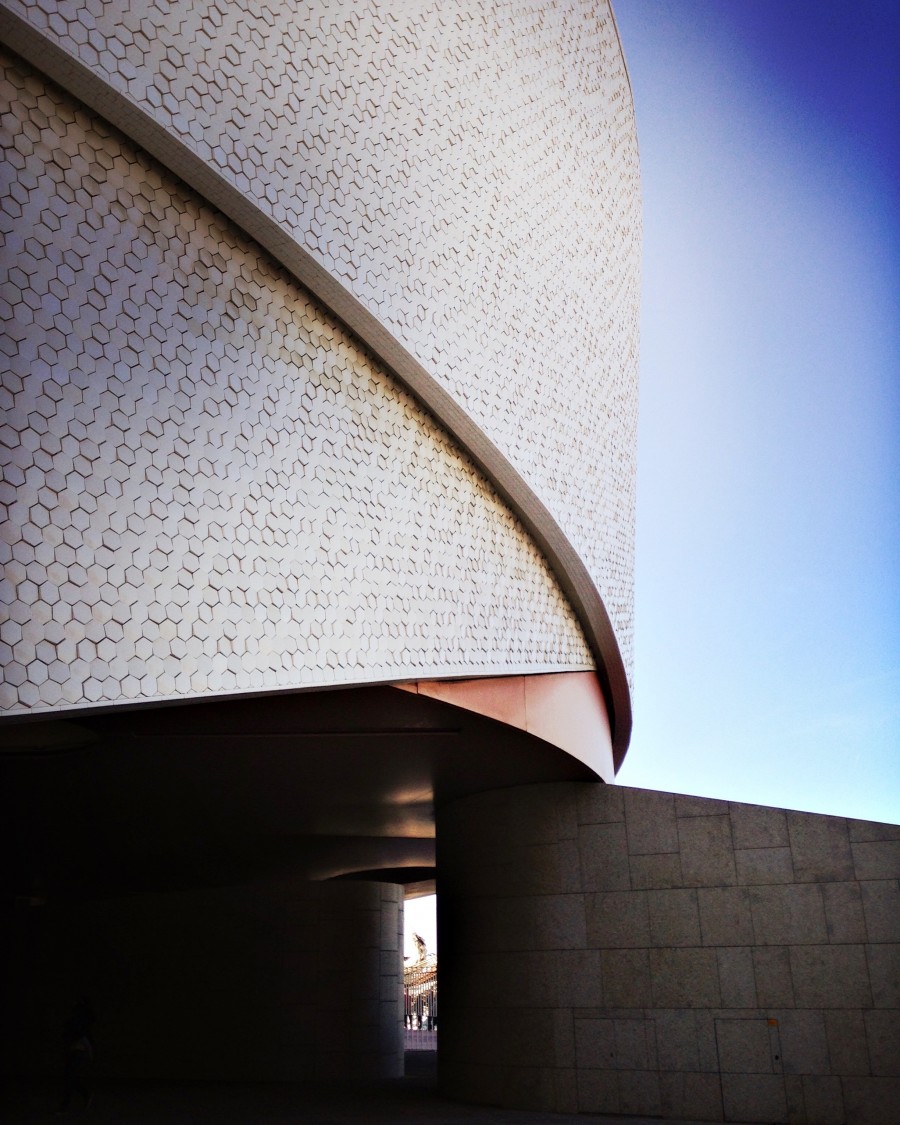A recent studied showed that zircon-containing ceramic roof tiles increase solar reflectance, potentially reducing the urban heat island effect and lowering demand for the internal cooling of buildings. It is clear that zircon can assist architects and specifiers in lowering the environmental footprint of buildings they design and build.
A paper summarising the findings of the recent study was presented at the ECerS conference in Turin (June 2019). It reported how building envelopes using zircon-containing ceramic tiles improve the thermal comfort within the building by reducing energy requirements. When compared to other existing solutions including paints and cool paints, it also reduces maintenance costs due to the high resistance of ceramic tiles to wear, dirt and stains.

Dr Keven Harlow, Executive Director, Zircon Industry Association commented:
“Environmental impact is increasingly important in today’s world. This study shows that by actively choosing zircon-containing tiles for the building envelope, architects and their clients can significantly reduce the overall environmental impact of the building, while lessening the roof maintenance required over time.

“This study, coupled with the recent Life Cycle Assessment (LCA) of zircon sand, demonstrates the value and benefit of zircon as a material in today’s modern world where there is an increasing pressure to minimise our environmental impact.”
The study, commissioned by the Zircon Industry Association and Centro Ceramico (Bologna), evaluated the effect of adding zircon to ceramic glazes of various colours.
Carried out both on a laboratory scale and by field trials, zircon was added to 36 tile samples both as an opacifier directly into the glaze formulation (up to 10wt%), and as frit component (up to 6.6 wt%). The solar reflective index (SRI) was calculated on all samples.

Results of tests carried out on the samples of glazed ceramic tiles show that, in general, the addition of zircon increases the solar reflectance index (SRI) of the glazes, the effect being more pronounced when zircon is added as an opacifier. Monitoring of the surface temperatures of the tile samples when exposed outdoors to solar radiation confirms that the higher values of brightness and solar reflectance parameters of the glaze are associated entirely to the addition of zircon.










